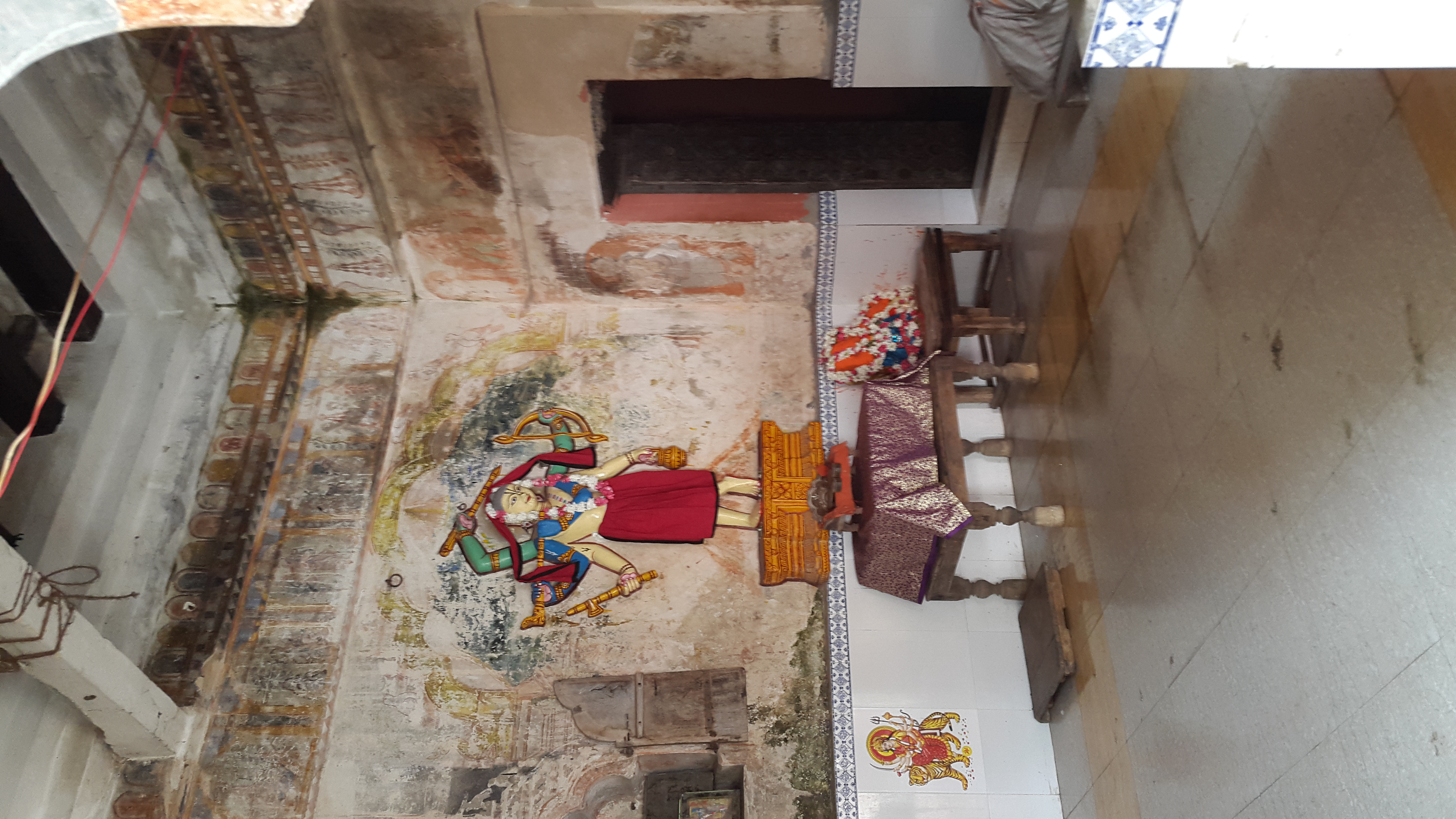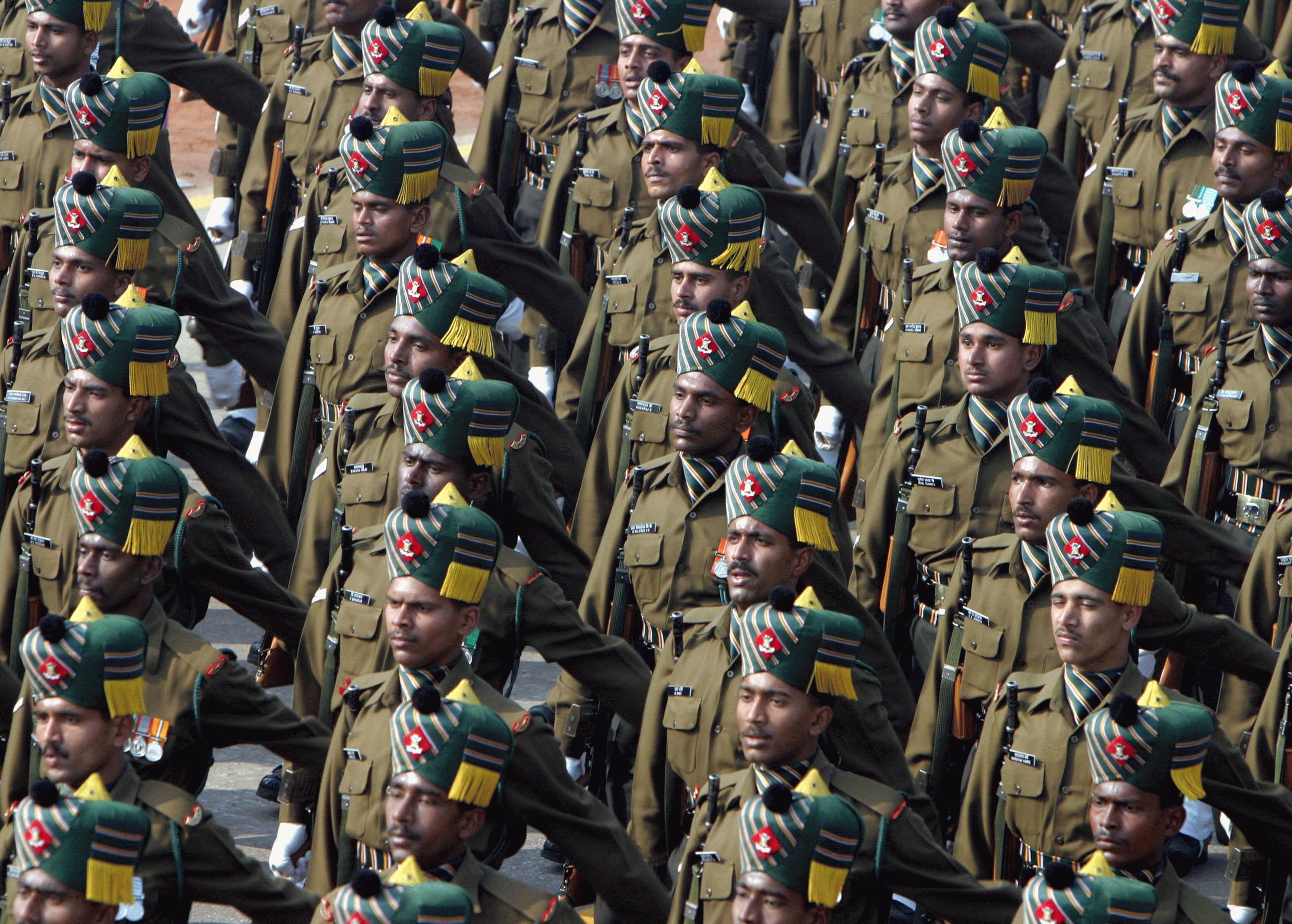|
Gaura-purnima
Gaura Purnima is a Vaishnava festival that celebrates the appearance of the Supreme Personality of Godhead Sri Chaitanya Mahaprabhu (1486–1534), who founded Gaudiya Vaishnavism. It occurs on the Purnima (Full moon day) in the Hindu month Phalguna, usually falling in March or April. Gaura Purnima means "Golden Full Moon", a reference to Chaitanya. His followers spend this festival fasting and chanting congregationally, then at moonrise a feast is enjoyed by all. It was celebrated on 1 March in 2018 likewise in 2019 the very auspicious day will be witnessed on or around March 21. This festival is celebrated by Gaudiya Vaishnavas as part of Nabadwip-mandala Parikrama.{{cite web, url=http://www.newgovardhana.net/node/241 , title=Gaura Purnima-ISKCON New Govardhana , publisher=www.newgovardhana.net , accessdate=2008-12-16 , url-status=dead , archiveurl=https://web.archive.org/web/20080907180258/http://www.newgovardhana.net/node/241 , archivedate=September 7, 2008 See also * Cai ... [...More Info...] [...Related Items...] OR: [Wikipedia] [Google] [Baidu] |
Nabadwip
Nabadwip (), also spelt Navadwip, anciently Nadia or Nudiya, is a heritage city in Nadia district in the Indian state of West Bengal. It is regarded as a holy place by Hindus, and is the birthplace of Chaitanya Mahaprabhu. Famous for Rass festival where city is enlited with lights, dieties of God and goddesses are made on each corner of Nabadwip town. Hundreds of people gather to this small town on the occasion of raas utsab. Located on the western bank of the Hooghly River, it is considered to have been founded in 1063 CE, and served as the old capital of the Sena dynasty. A center of learning and philosophy in medieval India, the city is still noted for its traditional Sanskrit schools. The Navya Nyaya school of logic reached its peak with the efforts of some well known contemporary philosophers of Nabadwip. The great Vaishnava saint, social reformer and an important figure of the Bhakti movement, Chaitanya Mahaprabhu (1486–1534) was born here. It was after Chaitanya Mahapr ... [...More Info...] [...Related Items...] OR: [Wikipedia] [Google] [Baidu] |
Festivals Of West Bengal
West Bengal celebrates many holidays and festivals. The Bengali proverb “Baro Mase Tero Parbon” (“Thirteen festivals in twelve months”) indicates the abundance of festivities in the state. Throughout the Bengali calendar, many festivals are celebrated. Durga Puja is solemnized as perhaps the most significant of all celebrations in West Bengal. Here is a list of the main festivals of West Bengal. Main Festivals * Kalpataru Utsab কল্পতরু উৎসব - January 1 of every year is celebrated as Kalpataru Day at Dakshineshwar and Kossipore Uddyanbati. * 21 February - Bengali language Day ভাষা দিবস *Poila Boishakh নববর্ষ *Guru Purnima গুরু পূর্ণিমা *Bhai Phonta ভাই ফোঁটা *Kali Puja কালি পূজা *Lakshmi Puja লক্ষী পূজা *Dolyatra দোলযাত্রা *Eid-ul-Fitr রোজার ঈদ *Eid-ul-Adha বকরী ঈদ *Ganesh Chaturthi গণেশ চত� ... [...More Info...] [...Related Items...] OR: [Wikipedia] [Google] [Baidu] |
Sri Chaitanya Mahaprabhu
Chaitanya Mahaprabhu (; born Vishvambhar Mishra) was a 15th-century Indian saint who is considered to be the combined avatar of Radha and Krishna by his disciples and various scriptures. Chaitanya Mahaprabhu's mode of worshipping Krishna with ecstatic song and dance had a profound effect on Vaishnavism in Bengal. He was also the chief proponent of the Vedantic philosophy of Achintya Bheda Abheda Tattva. Mahaprabhu founded Gaudiya Vaishnavism ( the Brahma-Madhva-Gaudiya Sampradaya). He expounded Bhakti yoga and popularized the chanting of the Hare Krishna Maha-mantra. He composed the '' Shikshashtakam'' (eight devotional prayers). Chaitanya is sometimes called Gauranga or Gaura due to his molten gold–like complexion. His birthday is celebrated as Gaura-purnima. He is also called Nimai due to him being born underneath a Neem tree. Life '' Chaitanya'' means "one who is conscious" (derived from Chetana, which means "Consciousness"); ''Maha'' means "Great" and ''Prabhu' ... [...More Info...] [...Related Items...] OR: [Wikipedia] [Google] [Baidu] |
Phalguna
Phalguna ( sa, फाल्गुन ) is a month of the Hindu calendar. In India's national civil calendar, Phalguna is twelfth month of the year, and corresponds with February/March in the Gregorian calendar.Henderson, Helene. (Ed.) (2005) ''Holidays, festivals, and celebrations of the world dictionary'' Third edition. Electronic edition. Detroit: Omnigraphics, p. xxix. In Luni-Solar calendars, Phalgun may begin on either the new moon or the full moon around the same time of year, and is the twelfth month of the year. However, in Gujarat, Kartika is the first month of the year, and so Phalguna follows as the fifth month for Gujaratis. The holidays of Holi (15 Phalguna in Amanta System/30 Phalguna In Purnimanta System) and Maha Shivaratri (14th Phalguna in Purnimanta System) are observed in this month. In the Vikram Sambat calendar, Phalgun is the eleventh month of the year. In solar religious calendars, Phalguna begins with the Sun's entry into Aquarius, and is the twe ... [...More Info...] [...Related Items...] OR: [Wikipedia] [Google] [Baidu] |
Festivals In West Bengal
West Bengal celebrates many holidays and festivals. The Bengali proverb “Baro Mase Tero Parbon” (“Thirteen festivals in twelve months”) indicates the abundance of festivities in the state. Throughout the Bengali calendar, many festivals are celebrated. Durga Puja is solemnized as perhaps the most significant of all celebrations in West Bengal. Here is a list of the main festivals of West Bengal. Main Festivals * Kalpataru Utsab কল্পতরু উৎসব - January 1 of every year is celebrated as Kalpataru Day at Dakshineshwar and Kossipore Uddyanbati. * 21 February - Bengali language Day ভাষা দিবস *Poila Boishakh নববর্ষ *Guru Purnima গুরু পূর্ণিমা *Bhai Phonta ভাই ফোঁটা *Kali Puja কালি পূজা *Lakshmi Puja লক্ষী পূজা *Dolyatra দোলযাত্রা * Eid-ul-Fitr রোজার ঈদ * Eid-ul-Adha বকরী ঈদ *Ganesh Chaturthi গণেশ চত� ... [...More Info...] [...Related Items...] OR: [Wikipedia] [Google] [Baidu] |
Caitanya Mahaprabhu
Chaitanya Mahaprabhu (; born Vishvambhar Mishra) was a 15th-century Indian saint who is considered to be the combined avatar of Radha and Krishna by his disciples and various scriptures. Chaitanya Mahaprabhu's mode of worshipping Krishna with ecstatic song and dance had a profound effect on Vaishnavism in Bengal. He was also the chief proponent of the Vedantic philosophy of Achintya Bheda Abheda Tattva. Mahaprabhu founded Gaudiya Vaishnavism ( the Brahma-Madhva-Gaudiya Sampradaya). He expounded Bhakti yoga and popularized the chanting of the Hare Krishna Maha-mantra. He composed the '' Shikshashtakam'' (eight devotional prayers). Chaitanya is sometimes called Gauranga or Gaura due to his molten gold–like complexion. His birthday is celebrated as Gaura-purnima. He is also called Nimai due to him being born underneath a Neem tree. Life '' Chaitanya'' means "one who is conscious" (derived from Chetana, which means "Consciousness"); ''Maha'' means "Great" and ''Prabhu' ... [...More Info...] [...Related Items...] OR: [Wikipedia] [Google] [Baidu] |
April Observances
April is the fourth month of the year in the Gregorian and Julian calendars. It is the first of four months to have a length of 30 days, and the second of five months to have a length of less than 31 days. April is commonly associated with the season of autumn in parts of the Southern Hemisphere, and spring in parts of the Northern Hemisphere, where it is the seasonal equivalent to October in the Southern Hemisphere and vice versa. History The Romans gave this month the Latin name ''Aprilis''"April" in ''Chambers's Encyclopædia''. London: George Newnes, 1961, Vol. 1, p. 497. but the derivation of this name is uncertain. The traditional etymology is from the verb ''aperire'', "to open", in allusion to its being the season when trees and flowers begin to "open", which is supported by comparison with the modern Greek use of άνοιξη (''ánixi'') (opening) for spring. Since some of the Roman months were named in honor of divinities, and as April was sacred ... [...More Info...] [...Related Items...] OR: [Wikipedia] [Google] [Baidu] |
March Observances
March is the third month of the year in both the Julian calendar, Julian and Gregorian calendars. It is the second of seven months to have a length of 31 days. In the Northern Hemisphere, the Meteorology, meteorological beginning of Spring (season), spring occurs on the first day of March. The March equinox on the 20 or 21 marks the astronomical beginning of spring in the Northern Hemisphere and the beginning of autumn in the Southern Hemisphere, where September is the seasonal equivalent of the Northern Hemisphere's March. Origin The name of March comes from ''Martius (month), Martius'', the first month of the earliest Roman calendar. It was named after Mars (mythology), Mars, the List of Roman deities, Roman god of war, and an ancestor of the Roman people through his sons Romulus and Remus. His month ''Martius'' was the beginning of the season for warfare, and the Roman festivals, festivals held in his honor during the month were mirrored by others in October, when the se ... [...More Info...] [...Related Items...] OR: [Wikipedia] [Google] [Baidu] |
Public Holidays In India
Public Holidays in India, also known as Statutory Holidays, or colloquially Government Holidays, consist of a variety of cultural, nationalistic, and religious holidays that are legislated in India at the union or state levels. While many of these holidays are honored and acknowledged nationwide, state legislation varies in regard to which are officially recognized. India, being a culturally diverse society, celebrates many holidays and festivals, but there are only three national festivals: Republic Day (26 January), Independence Day (15 August), and Gandhi Jayanti (2 October). In India, there are more than 30 grand festivals which are celebrated in major parts of India along with other state festivals. States have local festivals depending on prevalent religious and linguistic demographics. Popular Hindu festivals like Makar Sankranti, Pongal, Maha Shivratri, Janmashtami, Saraswati Puja, Guru Purnima, Ganesh Chaturthi, Raksha Bandhan, Holi, Durga Puja, Dussehra, and Diwali; ... [...More Info...] [...Related Items...] OR: [Wikipedia] [Google] [Baidu] |
Religious Festivals In India
Religion is usually defined as a social-cultural system of designated behaviors and practices, morals, beliefs, worldviews, texts, sanctified places, prophecies, ethics, or organizations, that generally relates humanity to supernatural, transcendental, and spiritual elements; however, there is no scholarly consensus over what precisely constitutes a religion. Different religions may or may not contain various elements ranging from the divine, sacred things, faith,Tillich, P. (1957) ''Dynamics of faith''. Harper Perennial; (p. 1). a supernatural being or supernatural beings or "some sort of ultimacy and transcendence that will provide norms and power for the rest of life". Religious practices may include rituals, sermons, commemoration or veneration (of deities or saints), sacrifices, festivals, feasts, trances, initiations, funerary services, matrimonial services, meditation, prayer, music, art, dance, public service, or other aspects of human culture. Religions have sa ... [...More Info...] [...Related Items...] OR: [Wikipedia] [Google] [Baidu] |
Hindu Festivals
Across the globe, Hindus celebrate a diverse number of festivals and celebrations, typically marking events from ancient Indian, ancient India and often coinciding with seasonal changes. These celebrations take place either on a fixed annual date on the solar calendar, or on a specific day of the lunisolar calendar. There is some regional variation with the observance of the festivals, and numerous festivals that are primarily celebrated by specific sects or in certain regions of the Indian subcontinent. Terminology Utsava ''Utsava'' is the Sanskrit word for festivals. The Sanskrit word ''Utsava'' comes from the word "''ut''" meaning "removal" and "''sava''" which means "worldly sorrows" or "grief". Observance periods (''tithi'') Hindu calendar dates are usually prescribed according to a lunisolar calendar. In Vedic timekeeping, a ''māsa'' is a lunar month, a ''pakṣa'' is a lunar fortnight and a tithi, ''tithi'' is a lunar day. Two definitions of the lunar month prevail: Hi ... [...More Info...] [...Related Items...] OR: [Wikipedia] [Google] [Baidu] |







